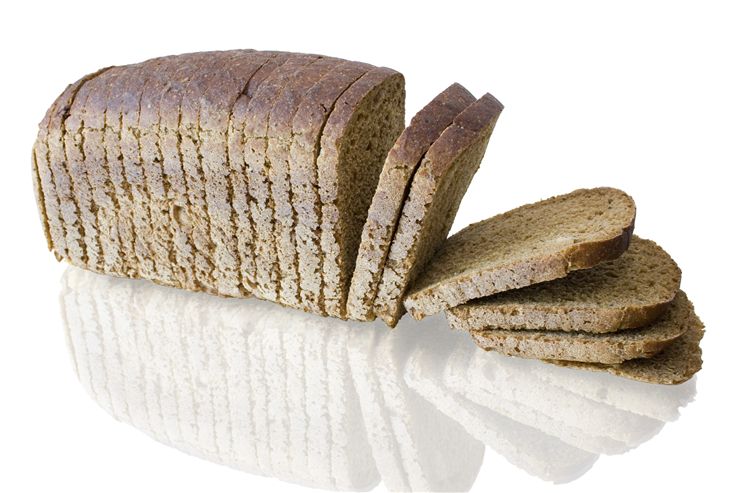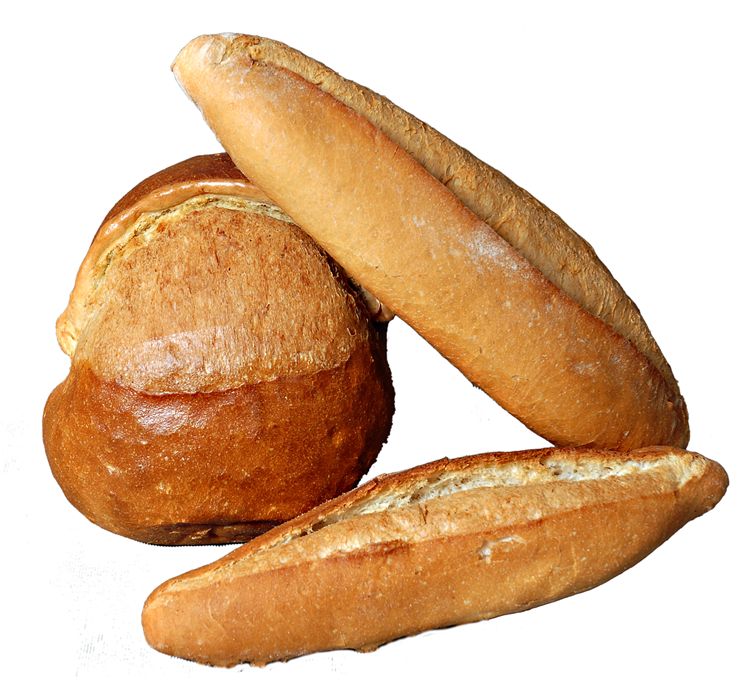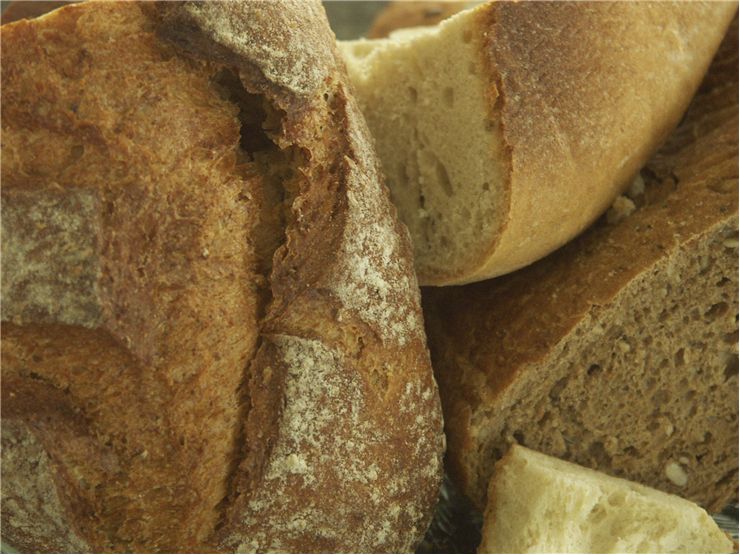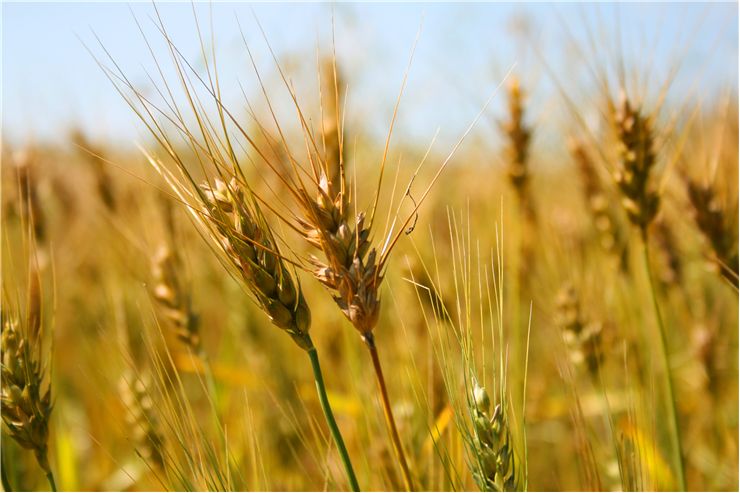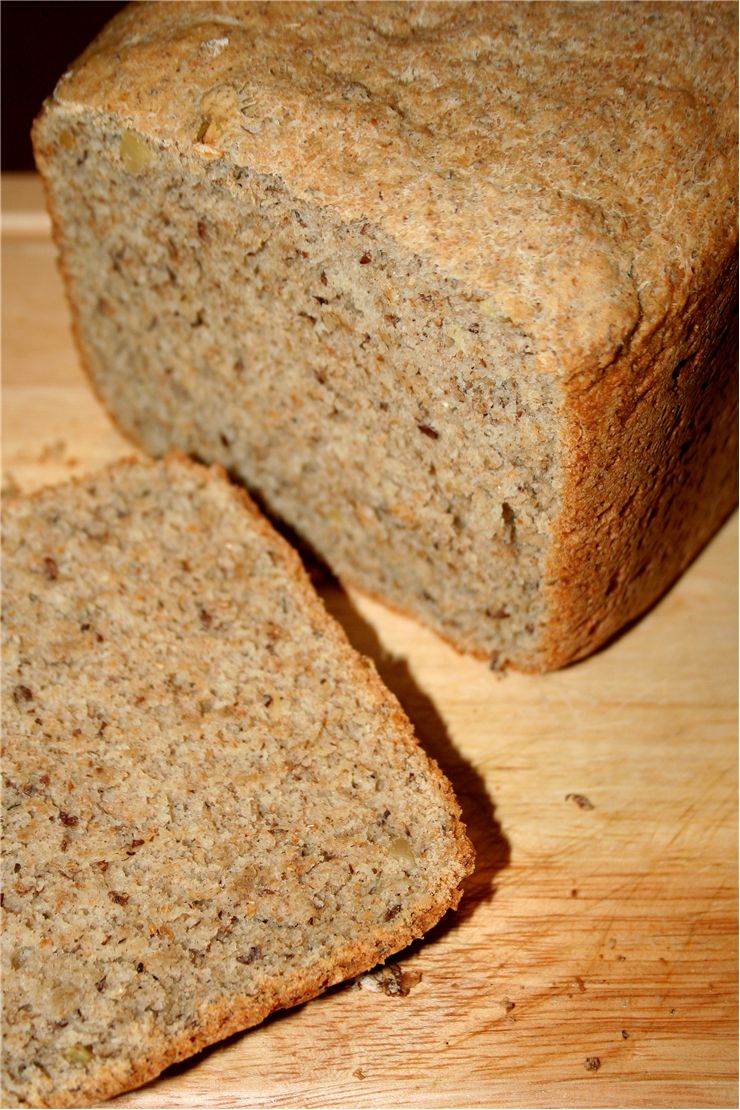History of Bread Making
The history of bread dates back over 30,000 years, evolving from simple flatbreads to a diverse array of bread types and flavors found in cuisines around the world today.
The ancient Egyptians, around 3000 BCE, were the first to develop leavened bread using wild yeast and transformed the previously dense and flat loaves into lighter, airy bread with a distinct texture.
Bread History
Bread appeared in all corners of the Earth when people domesticated their plants. It was made from different ingredients in different ways but became the staple food of all cultures. Here you can read more about bread history.
Bread Facts
Do you know how long the longest bread has ever been made? From where does the word companion come? Do you know how many sandwiches are eaten in the UK every year? Here you can find more facts about bread.
Bread Making
Bread is one of the earliest heat-prepared food, maybe because it is one of the simplest. But because of that, it changed and improved over time. Today it can still be prepared in a simple way, but it is also made with various additives, especially in commercial production.
Brief History
Bread has been a staple food of humanity for 30,000 years. There is archaeological evidence of flour from that time, which was likely processed into unleavened bread. Cereals and bread became a staple food around 10,000 years ago during the Neolithic, when wheat and barley were some of the first plants to be domesticated in the so-called “Fertile Crescent” region of Mesopotamia and near the Nile. Other parts of the world independently domesticated cereals, such as rice in East Asia, maize in the Americas, and sorghum in sub-Saharan Africa, made bread out of them and formed the basis of alternative agricultural systems. Cereal crops allowed agricultural societies to sustain much larger populations than possible, leading to the rise of civilized states. Leavened bread also appeared in prehistoric times. Early leavening used a dough from the previous day that worked as a sourdough starter. Gauls and Iberians used the foam skimmed from beer as a starter. People that didn’t drink beer but had wine used a paste composed of grape must or wheat bran steeped in wine. The free-standing ovens that could be pre-heated, with a door for access, appeared for the first time in Ancient Greece. Even then, in ancient times, there was a variety of bread: griddle cakes, honey-and-oil bread, mushroom-shaped loaves covered in poppy seeds, and the military specialty of rolls baked on a spit. By the 5th century BC in Athens, bread was made in bakeries and at home. Greek bakers appeared in Rome in the 2nd century BC.
In medieval Europe, bread was always a staple food, but it also had a special role. It was used as part of the table service. A so-called “trencher,” a piece of stale bread roughly 15 cm by 10 cm, was served as an absorbent plate beneath the food eaten. At the end of a meal, the trencher was eaten, given to people experiencing poverty, or fed to the dogs. There is a theory that pizza originated from trencher bread. In the 15th century, trenchers made of wood started to replace the bread variety.
With industrialization, breadmaking has also progressed. Mills that made flour, wind, and water started working on steam and gas, and stones that ground the wheat were replaced with ceramic and steel rolls. Otto Frederick Rohwedder invented the machine that made sliced bread in 1912 and started using it in 1928. In 1961, Chorleywood Bread Process was developed. It used the intense mechanical working of dough to reduce the fermentation period. Process shortened the time to produce a loaf but at the expense of taste and nutrition. Chemical additives have also used that speed up mixing time and reduce fermentation time. White bread was the preferred bread of the rich for a long time, while the poor ate dark bread. That idea changed in the late 20th century because white bread had less nutritional value than dark. Domestic bread-makers that automate making bread at home have become very popular in the last ten years.
It is estimated that 60% of the world's population eats bread daily. It takes 9 seconds for a combine to harvest enough wheat to make about 70 loaves of bread. Each American consumes, on average, 27 kg of bread per year. The toaster was invented before sliced bread. Early Egyptians sent their children to school with bread and beer for lunch. Americans eat approximately 100 acres of pizza daily, or 350 slices in one second.
